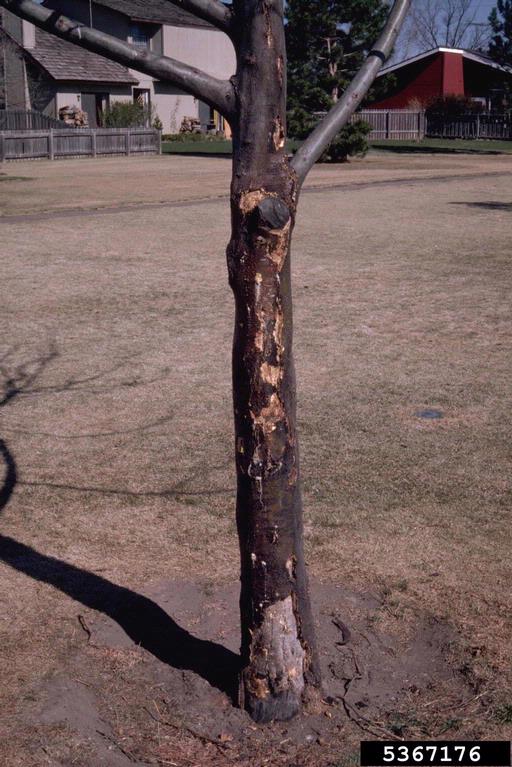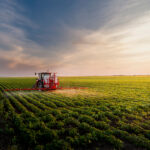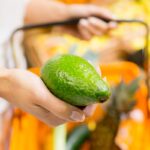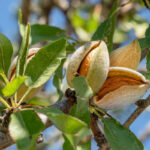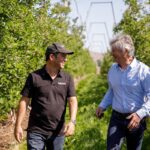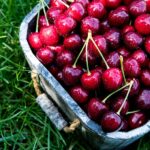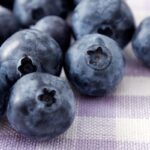What's wrong with my plant? Apple tree leaves and branches

The content of 'What's wrong with my plant? Apple tree leaves and branches' was prepared by The University of Minnesota Extension and has been revised and republished by FreshFruitPortal.com.
For the latest information, check the University of Minnesota's website here.
Holes in leaves or parts of leaves missing
Eastern Tent Caterpillar
Malacosoma americanum
- Larvae feed on leaves, sometimes defoliating trees
- They make a web or “tent” in the fork of the branches
- Larvae are hairy with blue, black, and orange markings, and a white stripe down the back, almost 2 inches when fully grown
More information on Eastern Tent Caterpillar
Forest Tent Caterpillar
Malacosoma disstria
- Chews entire sections of leaves, often leaving some major veins; defoliation can be severe
- Hairs along sides of body, blue and black with characteristic footprint shaped white markings on top of body, almost 2 inches long when fully grown
- Occurs in May and June
More information on Forest Tent Caterpillar

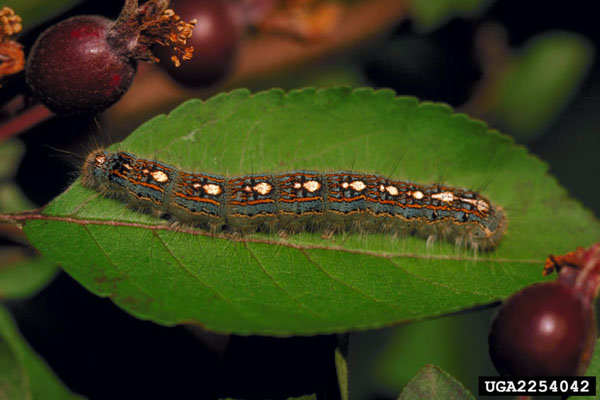
Cankerworms
Paleacrita vernata and Alsophila pometaria
- Chews smalls holes between veins at first, later chewing leaf tissue except for major veins, and eventually chewing all of leaves except midvein
- Defoliation typically light to moderate, although it can potentially be severe
- Smooth-bodied, light green to brown, 1 1/3 inch long when fully grown; moves in characteristic looping motion
- Occurs late April/early May until June
More information on Cankerworms
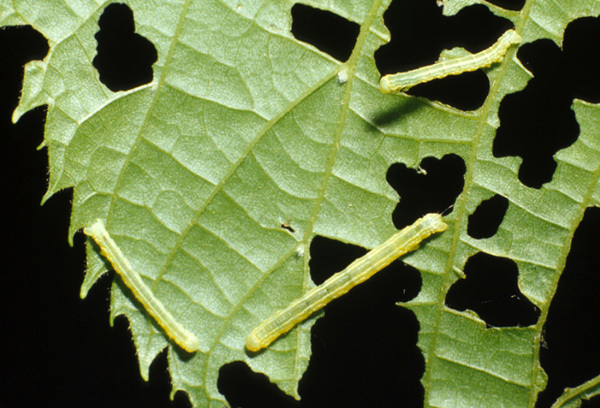

Cecropia
Hyalophora cecropia
- Chews entire sections of leaves; defoliation typically is minor
- Light green body with double row of reddish orange knobs on thorax behind head; also series of smaller yellow and blue knobs on abdomen; grows up to 4 inches long
- Becomes a large, attractive moth
- Occurs in August and September
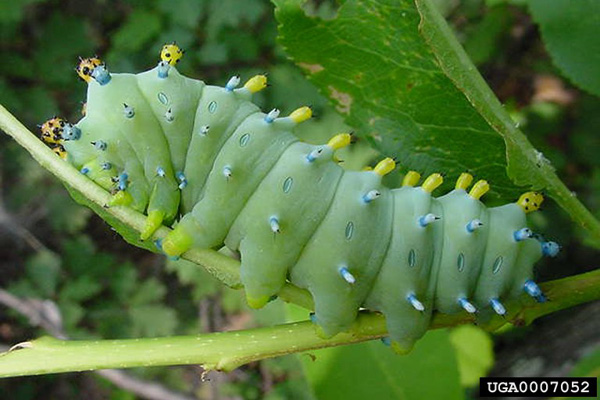

Discolored, cracked or sunken area of branch
Fire Blight
Erwinia amylovora
- Branch cankers have dark, sunken and cracked bark, sapwood is streaked reddish brown
- Young shoots bend over forming a 'shepherd's crook'
- Infected leaves wilt, turn gray then dark brown
- Infected blossoms first turn gray, then black
- Infected leaves and blossoms remain attached to the tree, often even in winter
- Infected fruit are shriveled and discolored
- Drops of sticky honey-colored liquid can be seen on infected plant parts in warm wet weather
More information on Fire Blight


Black Rot
Botryosphaeria obtusa
- Branch cankers can be sunken, reddish brown or rough looking or cracked bark; cankers may remain small or enlarge to become several feet long
- Leaves on girdled branches wilt, die and turn brown
- Round leaf spots with a purple border and tan center
- Large brown spots with brown rings form on fruit
- Fruit is rotted but remains firm
- Fruit may become mummified and remain on tree
- Common on stressed trees and trees infected with fire blight
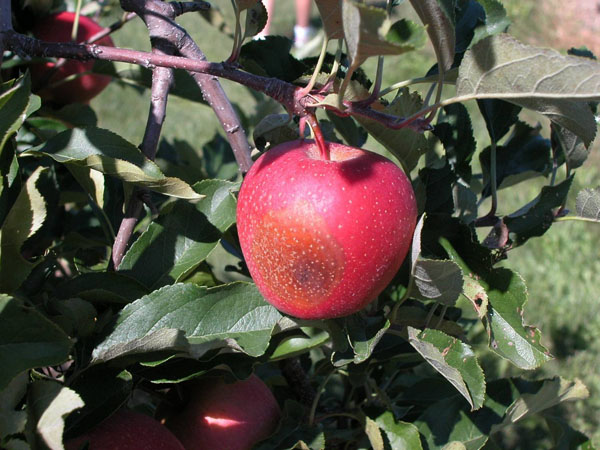
Sunscald
- Vertical Cracks appear primarily on the south and southwest side of branch or trunk
- Occurs during winter, often noticed early spring
